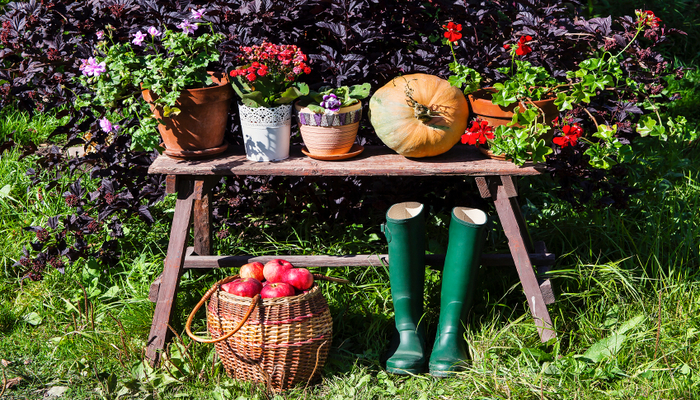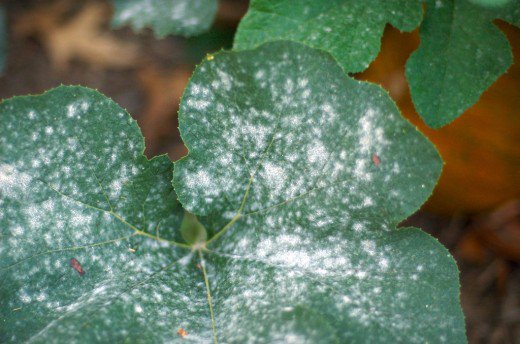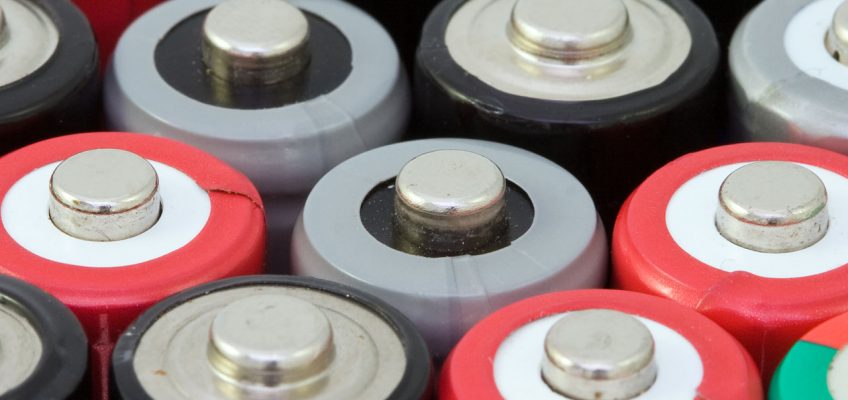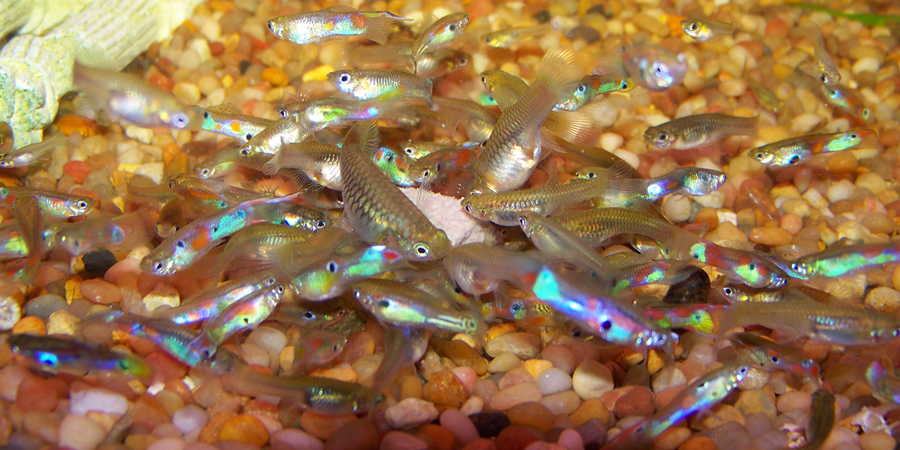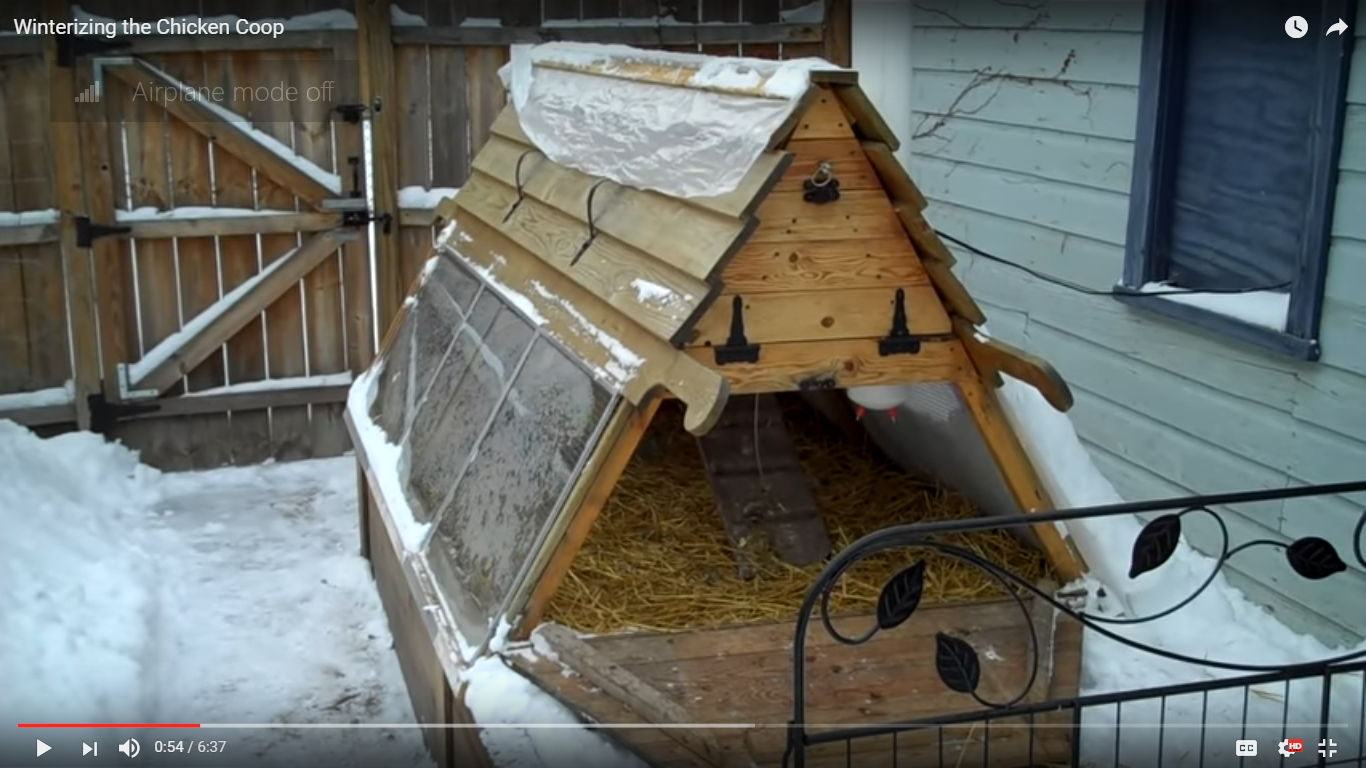Tips for Fall Gardening
Fall gardening involves some different techniques than summer gardening. The following tips, ideas and suggestions can help you get the largest harvest and the most enjoyment from your fall garden. Location It is recommended that a fall garden be planted in well-drained soil and in a sunny location. There is less sunlight during the fall … Read more

